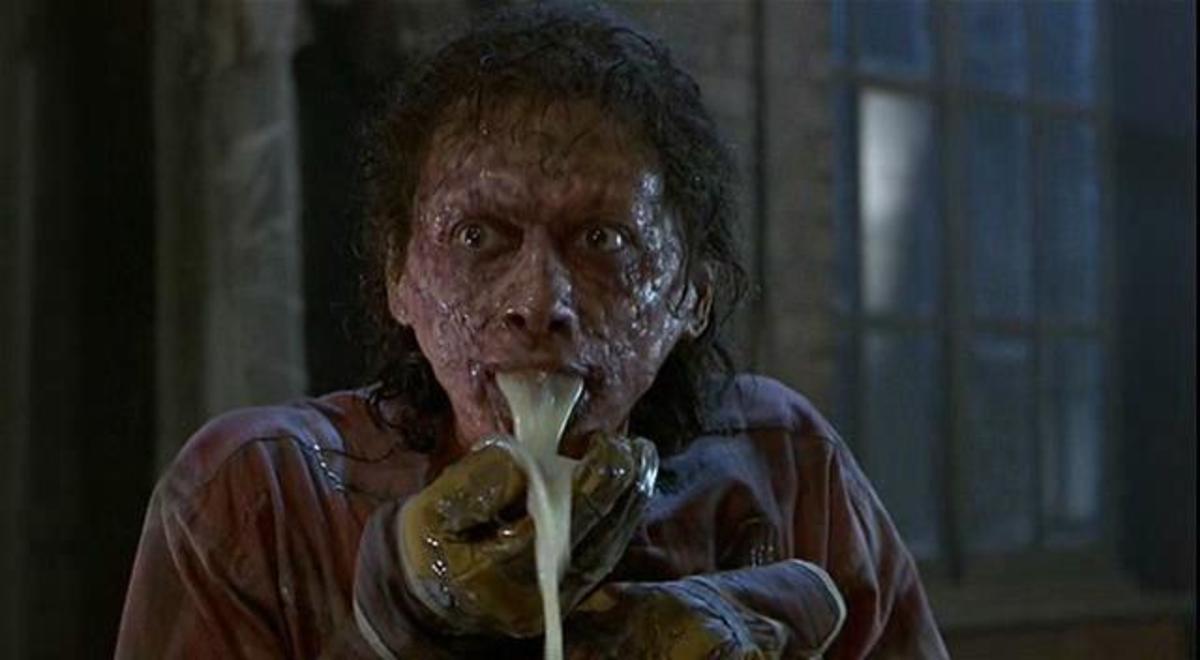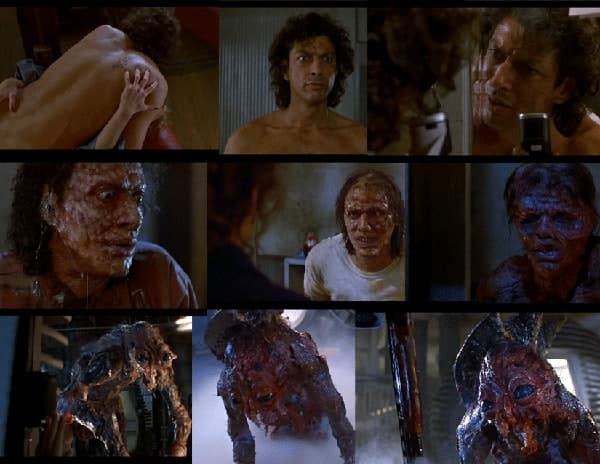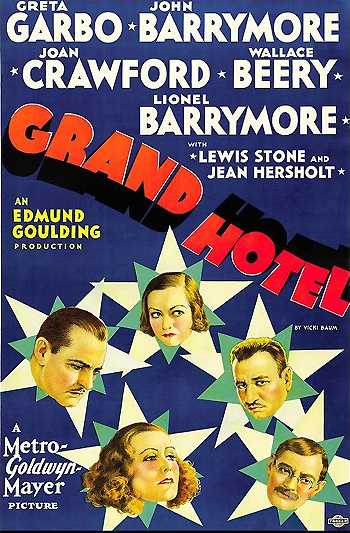This week we watched Run Lola Run. Run Lola Run is an riveting, heart beating epic pick your very own experience. Composed and directed by Tom Tykwer, Run Lola Run is the tale of a young lady, Lola, who gets a terrified telephone call from her long-lasting boyfriend, Manni. Manni owes a mobster 100,000 stamps and doesn’t have any idea of what to do. Lola, desperate to spare his life, consoles him that she can get the cash to him by early afternoon, when he should meet the mobster or else Manni would rob a supermarket. From that minute on, the movie takes us through three trials of Lola’s preliminaries attempting to get Manni’s cash in 20 minutes. With each individual she comes into contact with, their lives take on totally various structures, as appeared by 30-second photograph flash montages. the film attempts to use a wide range of filmmaking techniques to help get the director’s meaning and vision across to the audience. Some of these include speed-up, instant replay, black and white, and even animation in some parts. The ideas are basic. How do our activities influence our very own lives, just as those whom we contact? What part do shot and irregular occasions play in deciding a result? Would we be able to choose an alternate outcome by settling on various decisions? To put it plainly, what is reality? In a compact ninety minutes consolidating cuts of movement, film verité, particular characters, circumstances and discourse, and a pace that makes most music recordings seem as though they’ve been shot in moderate movement, three adaptations of a similar story grouping unfurl, and each time close with a shocking completion that opposes show, and keeps the watcher speculating until the last casing. I really enjoyed this film for its quick pace, creative style and logic. The film is an intriguing idea, with little occasions impacting the ensuing chain of occasions in a huge way. There are philosophical and mystical feelings, as Lola appears to remember components from past runs of life. This forms a commentary on the idea of free will and fate, or more specifically, determinism. Covering this is possibility, or powers of nature outside our ability to control. This should then lead you to address whether Lola winning that huge amount of cash was simply chance shot or maybe a deterministic result. It was well shot and the music was fitting. I like that it was a film that endeavored to investigate conceivable outcomes and how various choices open up that aren’t constantly anticipated. I know it doesn’t make too much sense logistically, however I don’t get the feeling that it attempts to. It’s straightforward and to the point and I truly have fun while watching it. This is one of those uncommon artistic occasions that is engaging, fulfilling, and retaining, just as perfectly acted, organized, altered, delivered and coordinated. I imagined that Lola ran her race with energy and style, and left all others route behind in the dust.
Kosta, Barbara. Tom Tykwer’s Run Lola Runand TheUsual Suspects: The Avant-Garde,Popular Culture, and History. http://www.press.umich.edu/pdf/0472113844-ch11.pdf.
ScreenPrism. “ScreenPrism.” In “Run Lola Run,” What Is the Meaning of Lola’s Screaming, screenprism.com/insights/article/in-run-lola-run-what-is-the-meaning-of-lolas-screaming.
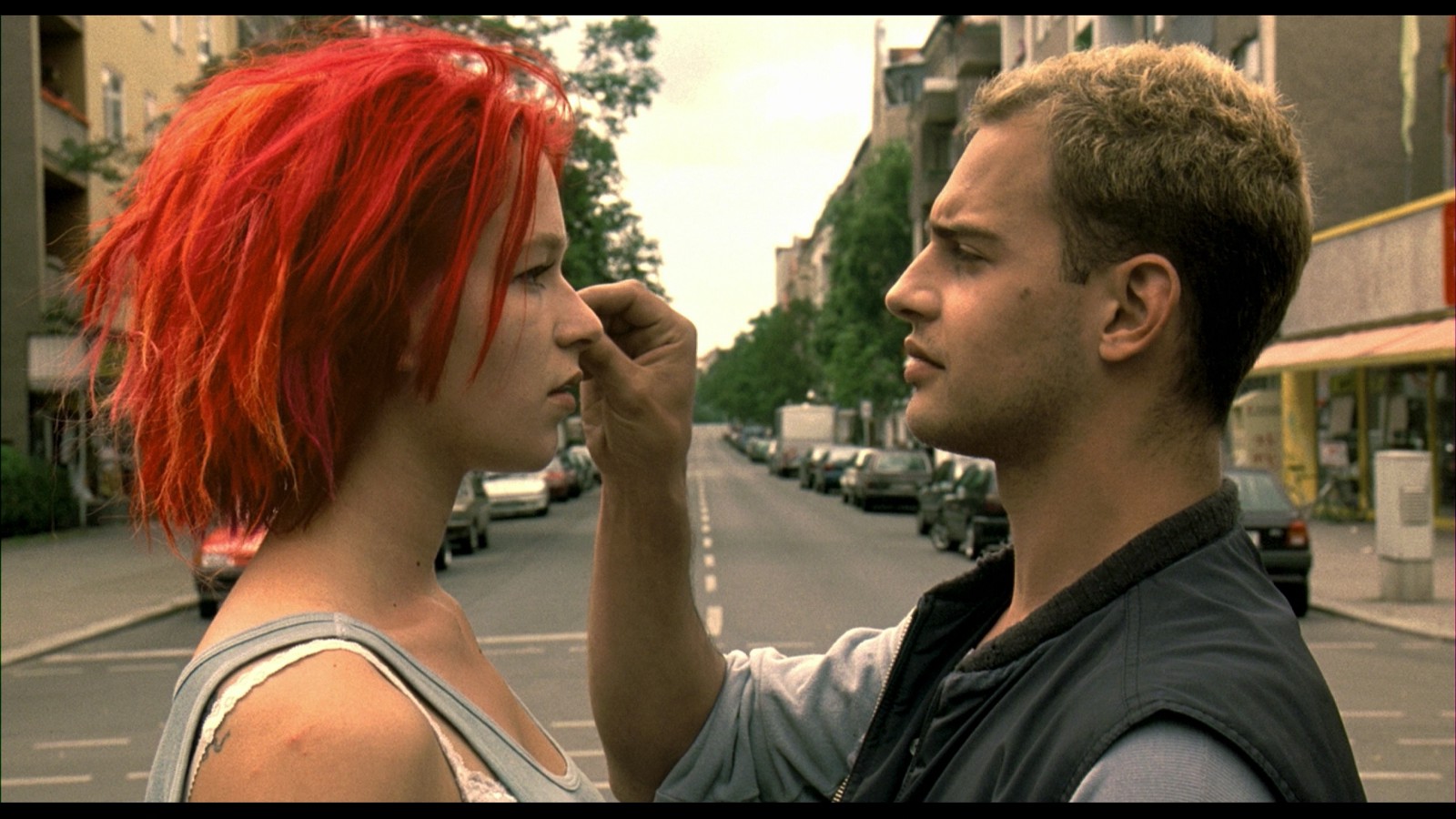
As we approach the end of semester, I have to say I really enjoyed this class and feel like I learned a lot. I am always watching current movies so I feel like this class was great for showing us 90’s babies which films were actually influential to that time period. We started with films in the 1900’s all the way to the 1990’s. Even though I might have heard of some of these films, I have never got the chance to actually watch them myself. With this being said, there were definitely certain movies that I enjoyed so much that I might just have to watch a second time.
I was more into 90s movies more than everything else so such motion pictures like The Fly truly impacted my preference for drama sci-fi films. I really appreciated this film so much that I watched it a second time alone. The beautifying agents upgrades and gross outs are top notch, yet what is most amazing about The Fly is that it winds up being an inside and out acted and excited sentimental story. Jeff Goldblum is such an incredible character in this movie as he progressively changes into an epic fly. The change is gross in explicit spots, and verifiably horrible to watch. Such an outstanding film.

I can’t compose a blog about my preferred films for the semester without referencing Bonnie And Clyde. It was simply by and large an extraordinary film. From dreams of acclaim to wrongdoing binges, this film is simply activity stuffed. I simply feel like this film enlivened an age of movie producers just as the audience to take a look at film from an alternate perspective. Bonnie And Clyde had a major influence in my life as I would dependably find out about the dynamic team and stories however viewing the movie out of the blue was amazing and gloom, for the straightforward certainty that I didn’t anticipate that it would finish in such a terrible manner. This film is amazing to the point that I could go on about it forever Unquestionably a film worth watching once more, even with the tragic ending that it had.

I was never really a fan of the black and white films but I have to say The Bride of Frankenstein is a classic masterpiece of 1930s horror films. A terrific, peculiar, high-camp, over the top, entertaining, absurd and surrealistic film. Not so much scary for us watching it in the generation but I really feel like this movie had a great message to give and I will always remember this part of the film, when the monster having survived the fire in the mill which had supposedly killed him is taken in by a blind man say the man was not blind, he would have feared the monster for his looks just as everyone else in the town did. It goes to show that the loner genuinely saw a good enough being in the monster to give him a place to stay. The Bride of Frankenstein is the true definition of ‘Don’t judge a book by it’s cover’.
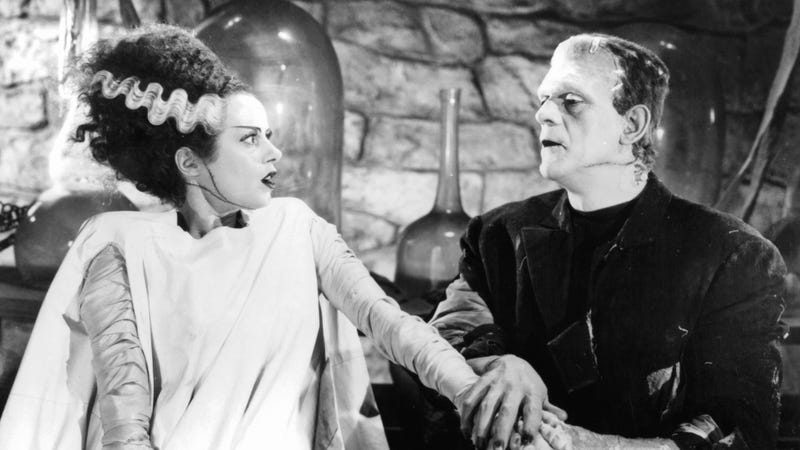
I can honestly go on for days about my time and the fun I had in this class. With such a great professor who is always enthusiastic about each and every single screening of the week making us hyped up about it is just such great energy between Professor Schlegel and the class. Every journey has to unfortunately come to an end, so until next time.


